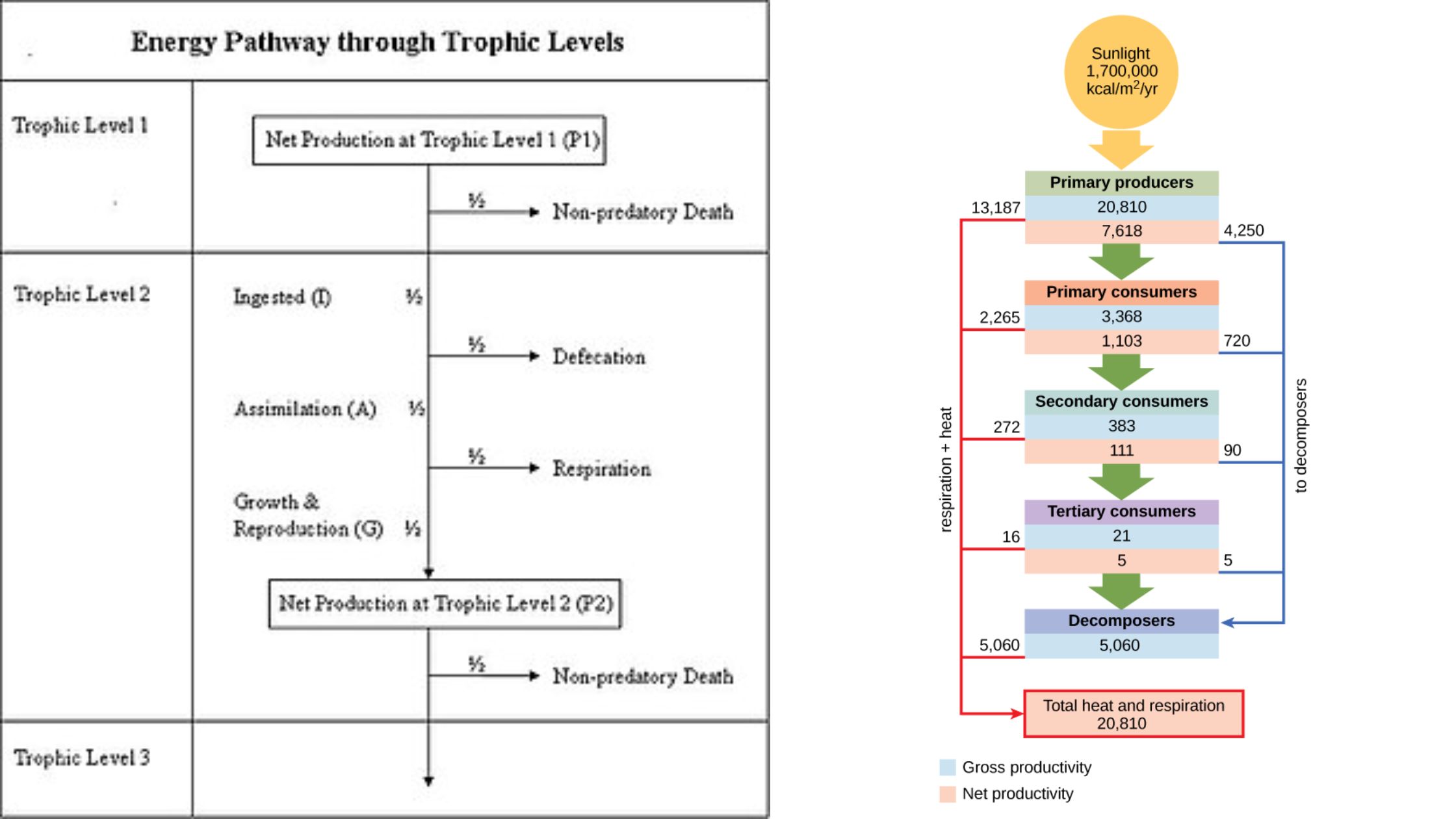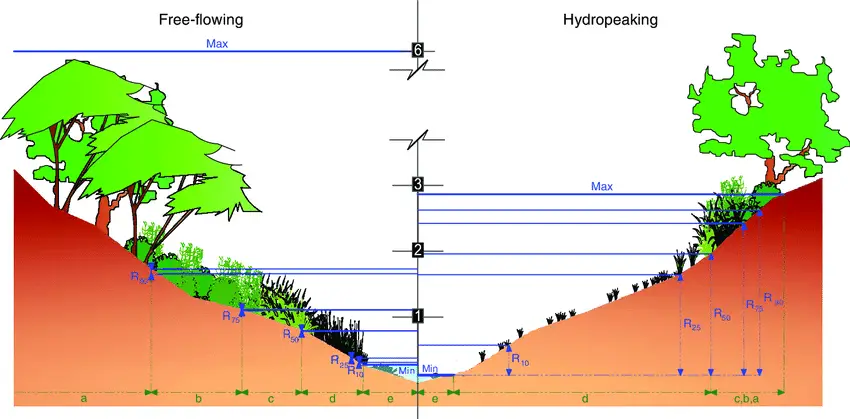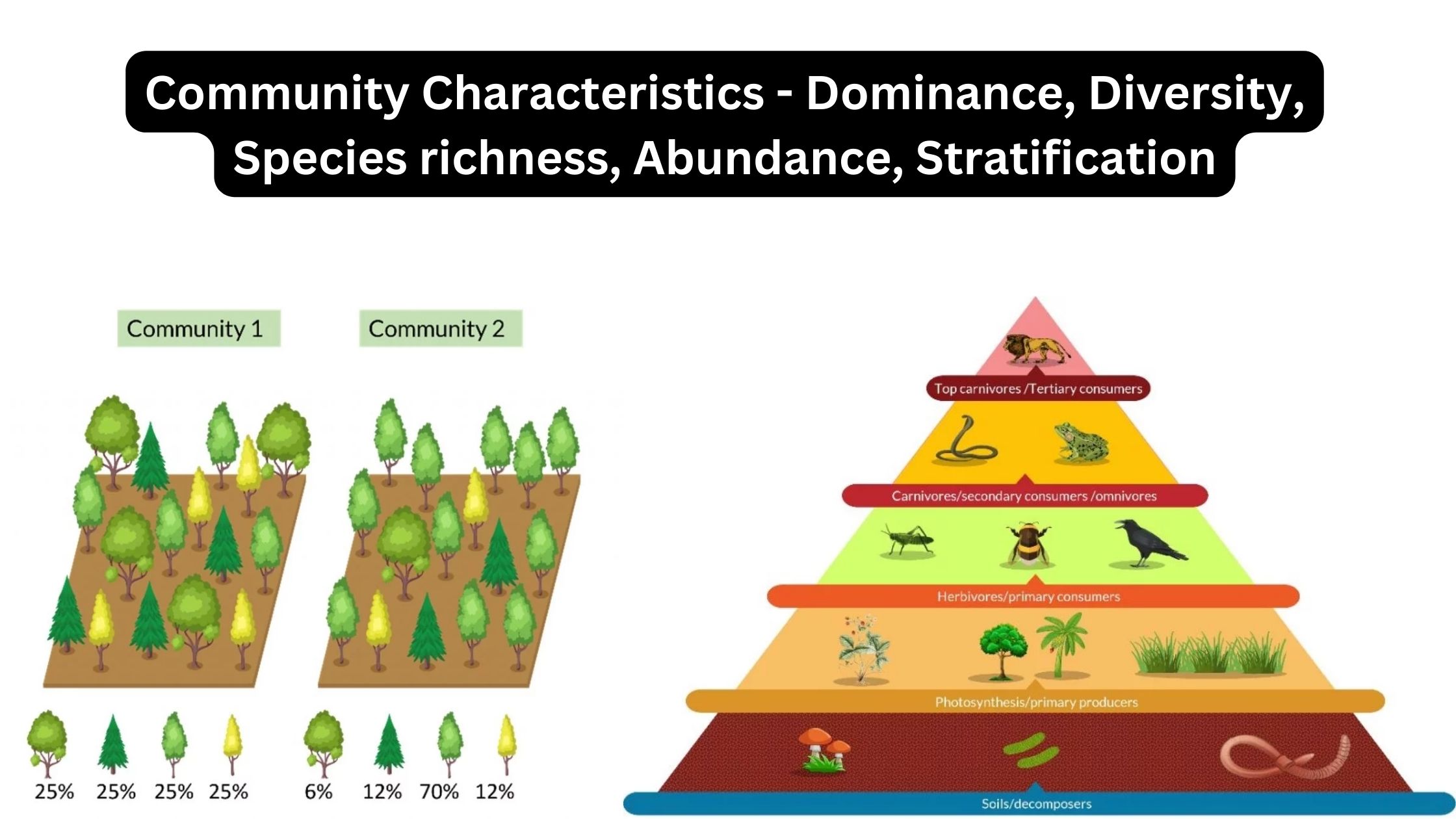Biogeochemical Cycle – Definition, Importance, Examples
What is Biogeochemical Cycle? Definition of Biogeochemical Cycle A biogeochemical cycle is the movement and transformation of chemical elements and compounds between living organisms, the atmosphere, and the Earth’s crust, involving the cycling and recycling of nutrients and elements essential for life. Types of Biogeochemical Cycles Biogeochemical cycles are classified into two main types: gaseous cycles … Read more









